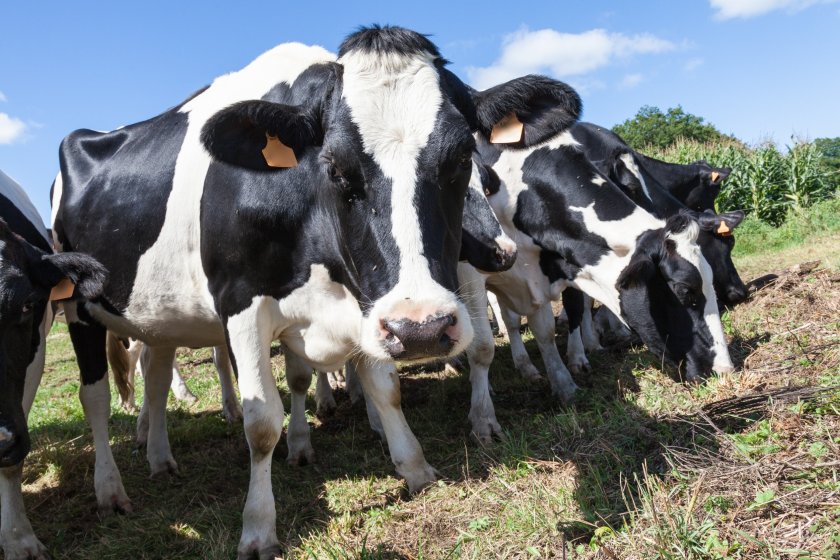
One thousand kg of milk solids per cow per year is an obtainable goal for some farmers as they face price volatility and environmental pressure, a new report says.
Kite Consulting has highlighted the findings of a study looking at herds consistently close to, or already achieving, 1,000kg of milk solids/cow/year.
Its report identifies important management and genetic factors that could be adopted by other UK dairy farmers.
Focussing on total solids offers benefits to meeting the market need, but it also contributes to improving the carbon footprint of dairy.
The farms in the study were not operating to unobtainable standards due to high levels of investment or business structure.
They were all efficient, well-run units where the right kind of investment had been made for the long-term sustainability of the herd.
The report shows that genetics were found to be responsible for up to 50% of the cow’s milk solids performance.
Co-author Rose Jackson from Kite Consulting said this was a significant percentage, particularly when considering the relatively low investment required to improve herd genetics.
“In addition, all farms in this report are far exceeding their genetic prediction for total solids production, with the average ranging from 890kg to 1060kg of combined fat and protein per cow per year.
"This highlights the impact of controlling the cow’s environment and nutritional factors," she said.
The report, Efficiently Achieving 1000kg – Maximising Milk Solids for Sustainable Dairy Production, was supported by National Milk Records (NMR).
Ben Bartlett, NMR marketing director, said while the report was not intended to provide a blueprint for every British dairy farmer, there were some common themes relevant to all producers.
“The British dairy industry will doubtless continue to face challenges in terms of price volatility, input costs and environmental pressures," he explained.
"But evidence provided by the farms in this study demonstrates the positive outcomes that can be achieved through careful planning, focussed on market needs, and backed up by well-informed decisions based on robust cow data.
"This report demonstrates what can be done when clear planning is combined with the use of the right herd improvement tools."
